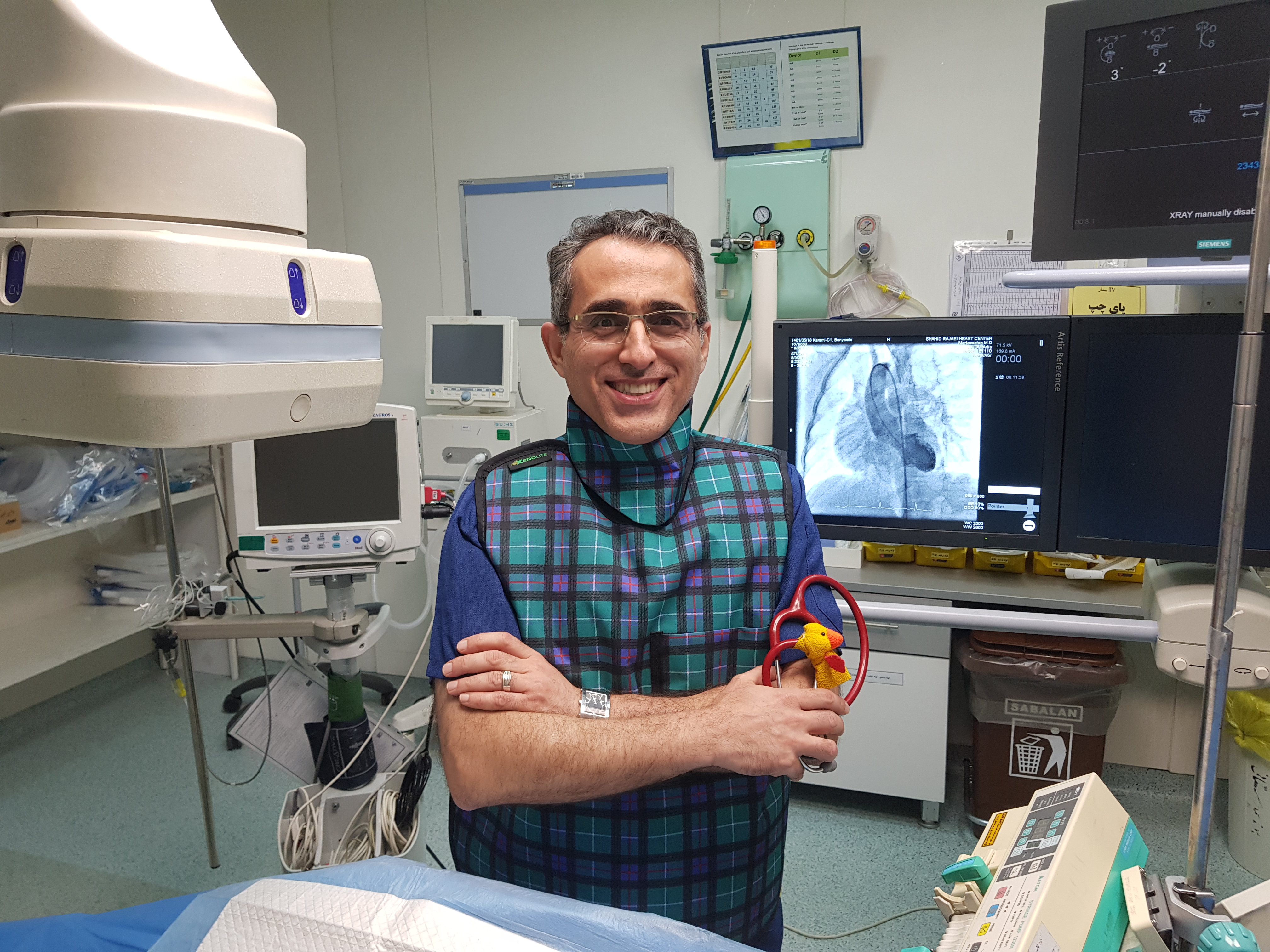| Authors | Vesal, A., Moradian, M., Ghasemnezhad, M., Tabib, A., Rashidi Ghader, F., Meraji, S., Jafari, F., Ghaemi, H., Heidari, S., Barouti, S., Mohammadi, S |
|---|---|
| Journal | Iranian Heart Journal |
| Page number | 74-84 |
| Serial number | 1 |
| Volume number | 23 |
| Paper Type | Original Research |
| Published At | 2020-10-20 |
| Journal Grade | ISI |
| Journal Type | Typographic |
| Journal Country | Iran, Islamic Republic Of |
Abstract
ABSTRACT
Background: Transcatheter closure of atrial septal defects (ASDs) is considered an alternative technique to surgery, and appropriate device size selection is essential to an effective procedure. We aimed to compare 2D transesophageal echocardiography (TEE), transthoracic echocardiography (TTE), and balloon sizing methods for device size selection in pediatric patients undergoing ASD transcatheter closure and to establish an accurate and simple procedure for device size selection.
Methods: This cross-sectional study was performed on pediatric patients for 8 months in Tehran, Iran. Device size was identified by balloon sizing, 2D TEE, and TTE.
Results: This study enrolled 39 children (64.1% female, average age= 7.1±3.1 y) who underwent successful ASD transcatheter closure. The mean defect size by balloon-stretched diameter measurement was significantly greater than the ASD size measured by 2D TEE and TTE. There was a strong, highly significant positive correlation (P<0.001) between the device waist size and different ASD diameters measured by 2D TEE, TTE, and balloon sizing. A good linear association was found between the ASD size measured by device waist size and 2D TEE (device waist size= 0.99×TEE-derived defect size+1.678; P<0.001) as well as TTE (device waist size= 1.01×TTE-derived defect size+1.17; P<0.001), respectively.
Conclusions: In this study, TEE and TTE-derived defect sizes were significantly associated with the device waist size. Additionally, the equations generated herein may provide a reliable and good prediction for appropriate device size
Full Paper
File Download Link




 WhatsApp
WhatsApp Telegram
Telegram send Email
send Email
 Facebook
Facebook youtube
youtube

 Mobile
Mobile call
call